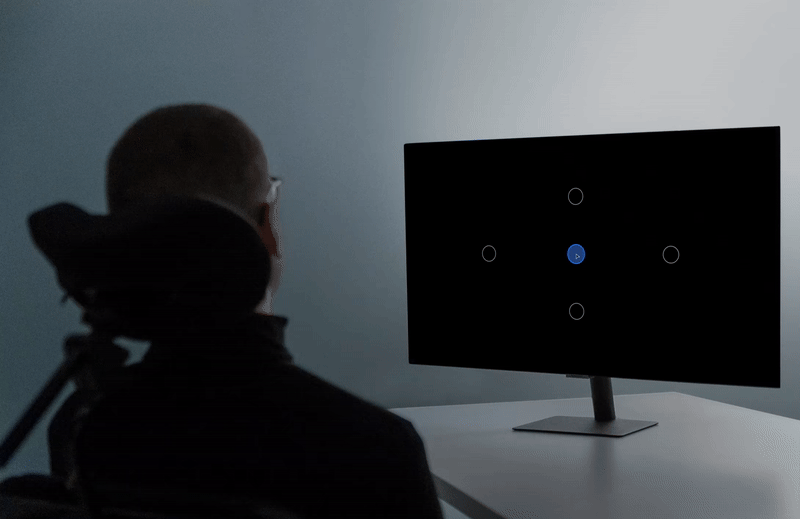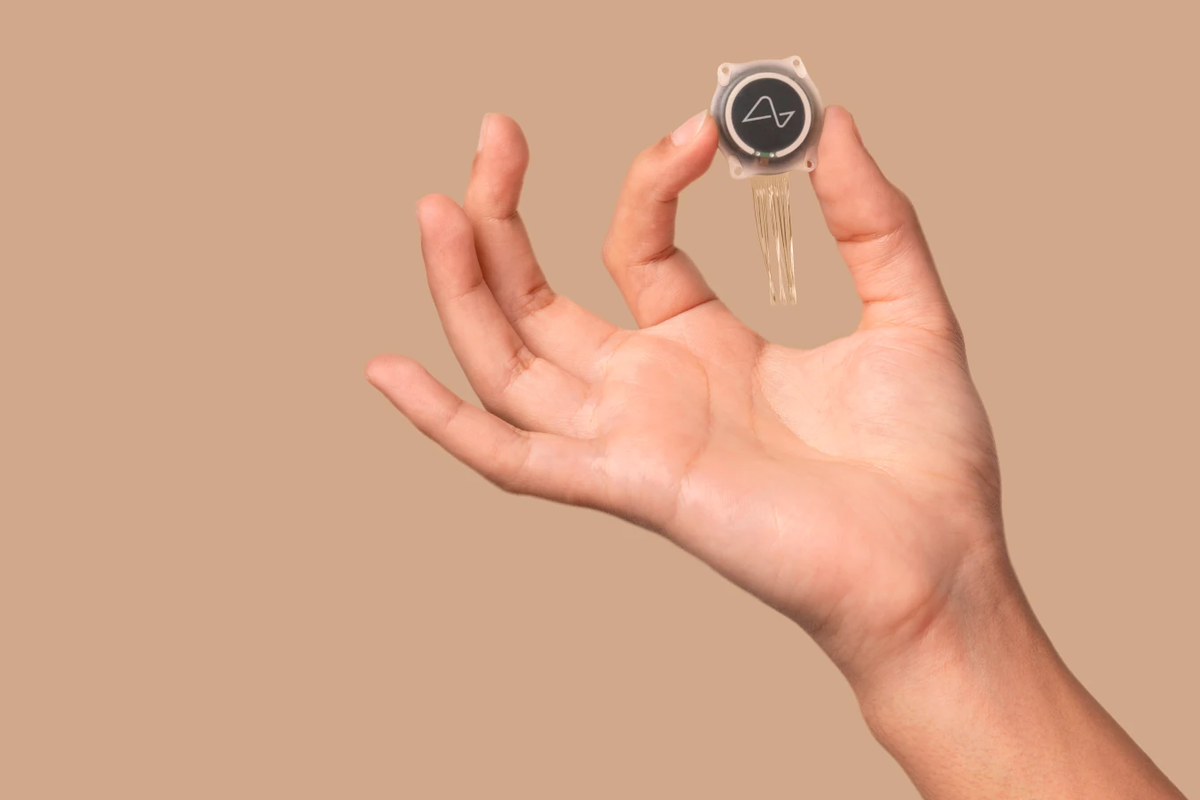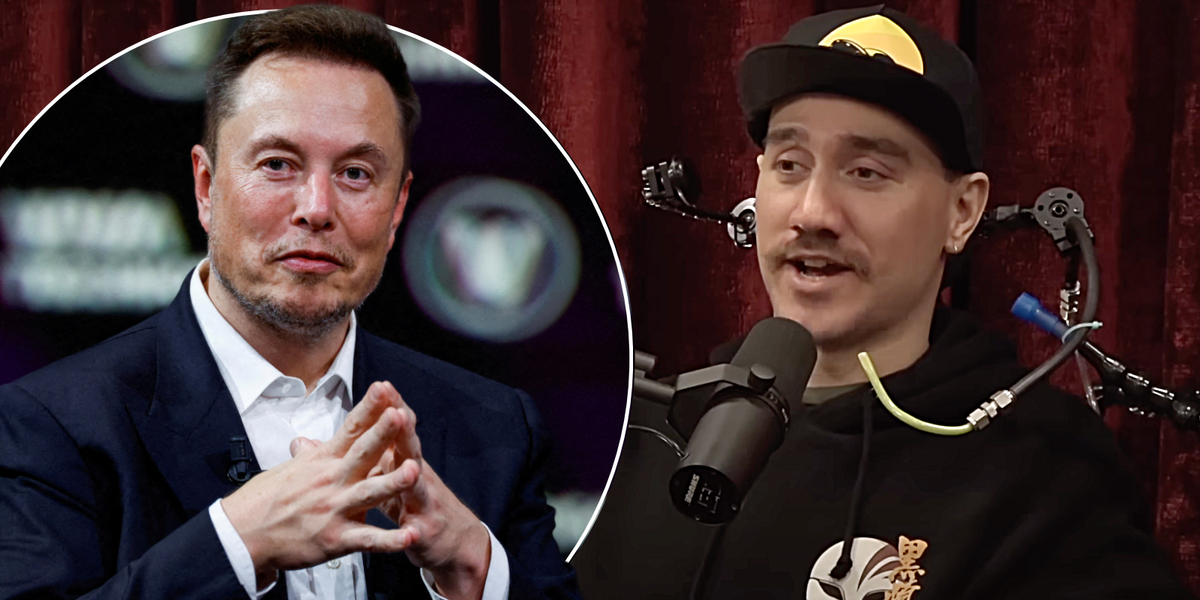Hackers could siphon data from a Neuralink computer chip embedded inside someone’s brain, the first patient to receive this cutting-edge medical device had admitted.
Noland Arbaugh, the 29-year-old patient who was paralyzed below the shoulder after a diving accident, discussed the threat of hackers in a candid podcast interview with Joe Rogan.
Asked whether cyber attackers could hack the brain chip, which is about the size of a coin and was developed by teams working at Elon Musk’s startup Neuralink, Mr Arbaugh said: “The short answer is yes.”
“At this point, at least hacking, [the Neuralink interface] wouldn’t really do much,” he added. “You might be able to see some of the brain signals, you might see some of the data that Link’s collecting and then you might be able to control my cursor on my screen and make me look at weird stuff — but that’s about it.”
SpaceX and Tesla CEO Elon Musk has poured millions into the medical start-up Neuralink
GETTY IMAGES
SpaceX co-founder Elon Musk confirmed the surgery was successful and revealed the patient was able to control a computer mouse with his thoughts in late February.
“The surgery was super easy,” Mr. Arbaugh told viewers in the live video streamed on Elon Musk’s social media platform X, formerly Twitter, one month later. “I literally was released from the hospital a day later. I have no cognitive impairments.”
Mr Arbaugh uses the Neuralink chip inside his head to move a cursor on-screen using his thoughts. The chip, which was inserted by a robot during a procedure that only required a local anaesthetic, has 1,024 electrodes that monitor brain activity in the area that controls the intention to move.
Once he’d recovered from the surgery, Neuralink programmers worked with Mr Arbaugh to move a cursor on-screen by thinking about moving his hand. He explained: “The signal is already being sent before you move your hand your mind is saying ‘OK, he’s about to move his hand,’ so the signal needs to be sent all the way down and back up in order for you to move your hand.
“So the speed that all of that happens is almost a little preemptive.”
Quizzed by Joe Rogan about what he uses the brain-chip to do, Mr Arbaugh explained: “I’ve been using it to message people on X, use Instagram, reply to emails, play fantasy sports, read comics online, and access a site I use to learn Japanese,” he said. “I also used it to book a hotel for when I visited Neuralink’s headquarters.”
According to Mr Arbaugh, around 85% of the electrodes that monitor his brain activity have become detached in the weeks since the operation so the Neuralink chip is no longer working at full capacity. It’s unclear what can be done to restore the missing functionality. He explained: “They’re going to have to test to see if the surgery to replace a Neuralink is safe at some point… so they’re going to have to do it on people who already have it in.
“I imagine that sort of study might be something I would be involved in.”

Neuralink has shared the following clip on its website, offering a glimpse of what it hopes to achieve with its brain-chip experiment
NEURALINK PRESS OFFICE
Neuralink, which was started back in 2016, received approval for human trial recruitment in September 2023. At the time, the Californian company said it was looking for volunteers aged 22 or older with quadriplegia caused by a cervical spinal cord injury or amyotrophic lateral sclerosis.
The livestream on X this week marks the first time we’ve learned the identity of the volunteer.
Not everyone has been floored by the revelations from Neuralink about its first human trials.
Kip Ludwig, former program director for neural engineering at the U.S. National Institutes of Health, blasted the advancements detailed by Neuralink, stating that nothing seen thus far was “a breakthrough.”
“It is still in the very early days post-implantation, and there is a lot of learning on both the Neuralink side and the subject’s side to maximize the amount of information for control that can be achieved,” he added.
Even so, Ludwig said it was a positive development for the patient that they have been able to interface with a computer in a way they were not able to before the implant.
“It’s certainly a good starting point,” he admitted.
In previous public statements, the US company revealed the implant contains 1,024 electrodes that record neurological activity and wirelessly beam the data to a connected app. This uses an algorithm to translate the brainwaves into computer controls.
The initial goal was to enable someone to control a computer mouse pointer on-screen or type on a keyboard using their thoughts — something the start-up now seems previously close to achieving.

A glossy promotional image of the types of brain-chip being developed by Neuralink
NEURALINK PRESS OFFICE
The first human trial, known as PRIME (Precise Robotically Implanted Brain-Computer Interface), will run for 18 months in total. Researchers will allow the patient back home, with regular check-ins at a clinic. A five-year follow-up comprising 20 clinic visits will succeed the initial trial period.
Neuralink says its initial clinical trial will take roughly six years to complete. If you want to get your name on the list, you can register your details with the futuristic start-up company here. Or you can read the brochure for the brain-chip trials here.
Musk says the technology tested by Neuralink has huge implications for society. According to the the 52-year-old multi-billionaire, the surgical insertion of these chips could be used to treat conditions like obesity, autism, depression, and schizophrenia.
LATEST DEVELOPMENTS
It could also allow people with physical disabilities to use computers with their thoughts.
Neuralink, which was valued at $5 billion last year, has faced repeated calls for scrutiny regarding its safety protocols. Reuters reported last month that the firm was fined for violating United States Department of Transportation rules regarding the movement of hazardous materials.

